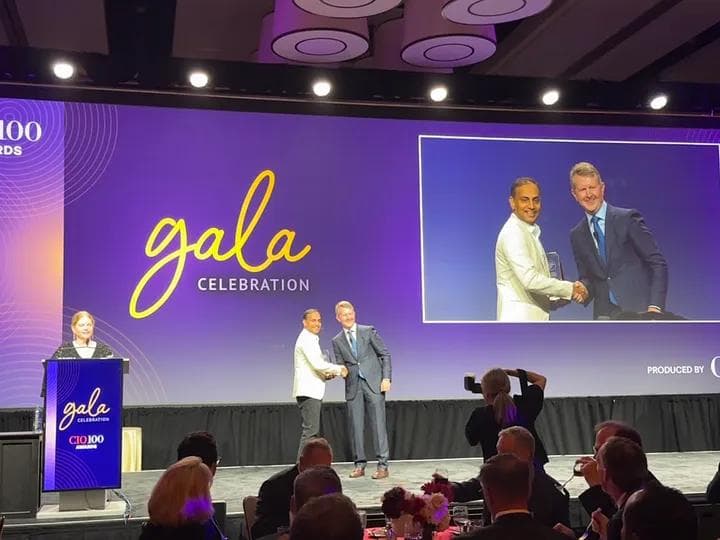Here’s How It Worked…
Financial indexes often consist of hundreds of thousands of assets and an important task to make it practical to manage such portfolios is replicating the financial index using a limited subset of assets, known as cardinality constraints. Such constrained portfolio optimization is extremely difficult to solve using classical computing, and standard algorithms tend to have difficulty finding appropriate solutions.
Collaborating with global consulting firm Protiviti and quantum software development firm Multiverse Computing, Ally developed a way around the classic cardinality-constraint issue by using quantum annealing, a specialized type of quantum computing that is excellent at optimization problems. The team worked to construct cardinality-constrained portfolios that replicated the return of financial indices.
Quantum annealers focus on solving problems with a lowest-energy-state answer and may also be referred to as peak-and-valley problems of optimization. Annealers can be efficient by ignoring the peaks (in this case, investments that exceed constraints) and focusing on just the best valleys. There is no correct answer, just a reasonably best answer, provided in an incredibly small amount of time.
Using hybrid classical-quantum approaches, the project team built static portfolios that replicated, and even beat, the 1-year daily returns of both the Nasdaq 100 and the S&P 500 indices, while using only a fraction of the companies in those indices. This was accomplished using the latest Hybrid Solver system from D-Wave. The team then used the new algorithmic approach to build the replicating portfolios. This new algorithm can be used for managing ETFs with the benefits being the reduction of overhead costs for financial managers and keeping fees low for customers. We anticipate that this approach will be recognized as a significant innovation for investing tools in financial services.
Full article here
